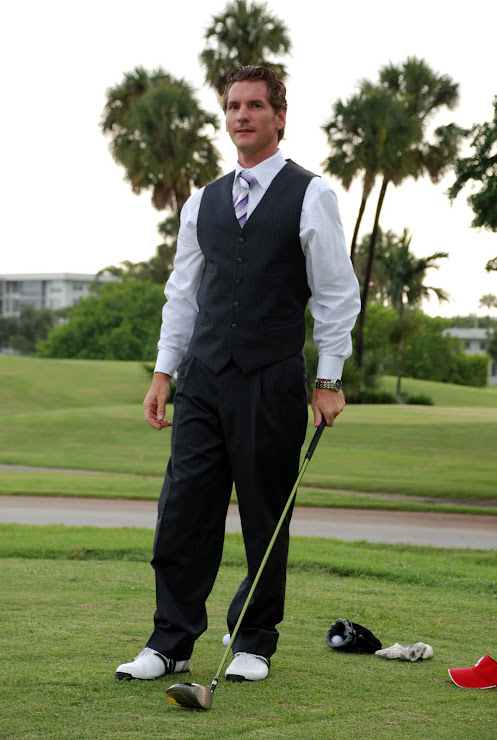As part of the 1998 state tobacco settlement, the tobacco companies promised not to “take any action, directly or indirectly, to target youth.” But the evidence shows that if Big Tobacco has changed at all, it’s for the worse:
• In the three years after the settlement, tobacco industry marketing expenditures increased by 66.6 percent to a record $11.2 billion in 2001, according to the Federal Trade Commission. This amounts to $30.7 million every day to market their deadly products. Most of the increase was in retail store marketing, which is highly effective at reaching kids. Studies show that 75 percent of teens shop at convenience stores at least once a week, and they are more likely than adults to be influenced by convenience store promotions.
• Several studies found that the leading cigarette and smokeless tobacco brands all increased their advertising in youth-oriented magazines, such as Sports Illustrated and Rolling Stone, immediately after the settlement and that this advertising was reaching most youth at saturation levels of exposure. In June 2002, a California judge fined R.J. Reynolds $20 million for continuing to advertise in youth-oriented magazines after the settlement. While some tobacco companies have stopped or reduced advertising in youth-oriented magazines, they did so only under threat of legal action by the state attorneys general.
• Tobacco advertising and promotions also increased in convenience stores and other retail outlets after a billboard ban mandated by the settlement took effect in April 1999, according to a University of Illinois at Chicago study released in July 2000.
• While the tobacco industry claims its marketing is intended only to influence brand preferences of current smokers and does not play any role in kids’ decisions to start smoking, several recent studies show otherwise. These studies show not only tobacco advertising influences kids to smoke, but has its greatest impact on kids whose parents follow recommended parenting practices to prevent their kids from smoking and engaging in other risky behaviors.
Several recent surveys prove the impact of tobacco marketing on kids. A March 2002 survey by the Campaign for Tobacco-Free Kids found that kids are twice as likely as adults to remember tobacco advertising. And the federal government’s National Household Survey on Drug Abuse found that 87 percent of youth smokers smoke the three most heavily advertised brands – Philip Morris’ Marlboro, Lorillard’s Newport, and R.J. Reynolds’ Camel (55 percent of youth smokers prefer Marlboro) – compared to less than half of adult smokers who prefer these brands.
www.QuitSmoking21days.com
Subscribe to:
Post Comments (Atom)

No comments:
Post a Comment